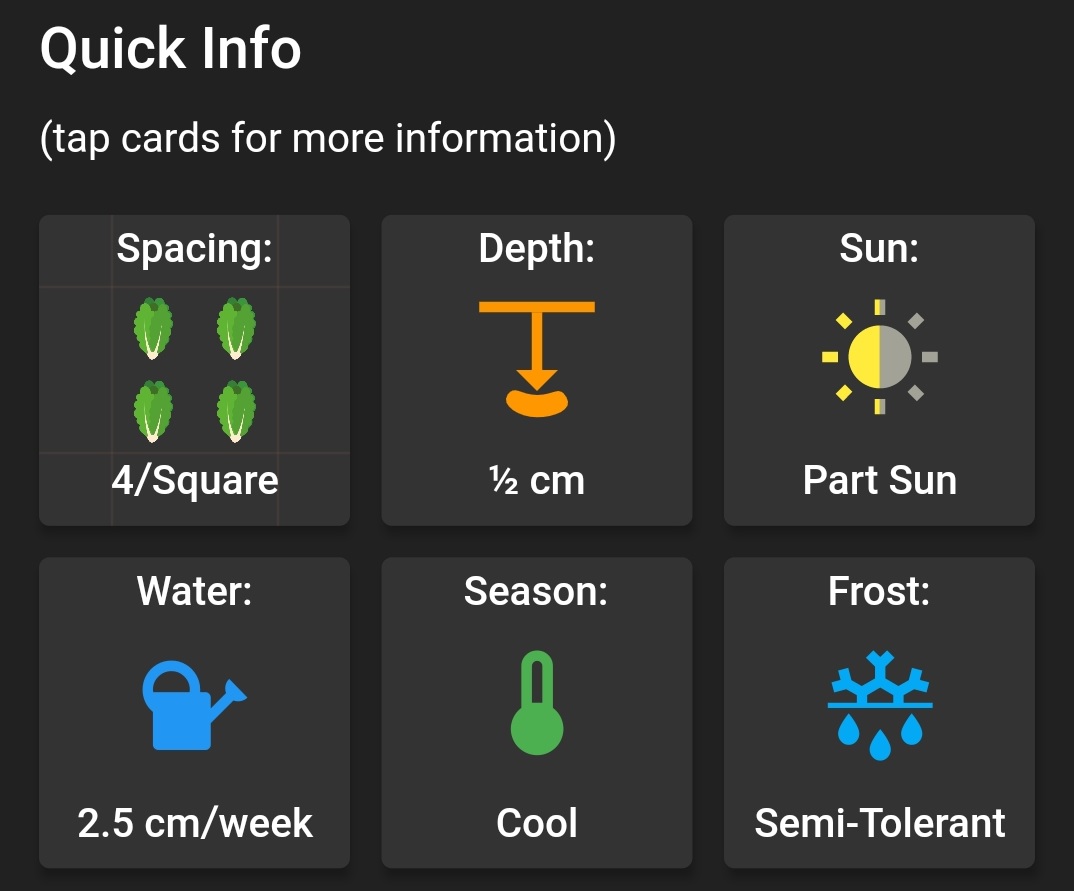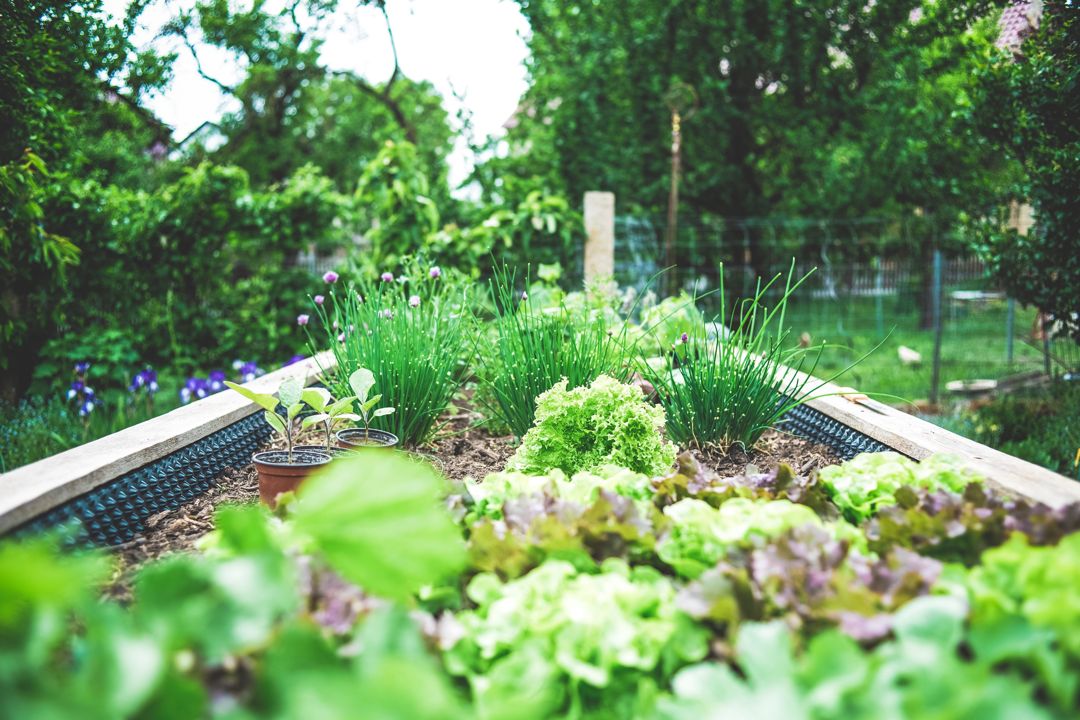As the last remains of snow melt away and temperatures gradually warm up, gardeners start dreaming of putting in the first crops of the season. While we often look forward to planting summer crops like tomatoes, cucumbers, and peppers, the early spring can be a season of great abundance and should not be overlooked!
What are Cold-Hardy Crops?
There are several cold-hardy crops that will grow in cooler temperatures and can withstand a mild frost or even a freeze. These plants are typically divided into two groups - semi-hardy which can tolerate a light frost with air temperatures between 28°F and 32°F (-2°C and 0°C), and hardy which can tolerate heavy frost with air temperatures below 28°F (-2°C). Not only do these plants withstand the colder temperatures, they actually grow best in the cooler weather.
Examples of semi-hardy crops include: carrots, beets, lettuce, cilantro, and peas.
Examples of hardy crops include: kale, spinach, garlic, chives, and parsley.
Use Planter to identify cool season plants that are Tolerant or Semi-Tolerant to frost! Select a plant and refer to the Season and Frost cards under Quick Info:

Note that cold-hardy crops are not to be confused with cole crops. Cole crops are members of the brassica family specifically- and while they do love the cold - they are just one family out of many that happen to enjoy cold weather.
When to Plant
Knowing when to plant cold-hardy crops can be tricky. Obviously, the ground should be workable. Aside from this how do you know when it is safe to plant? As a first step, check the Growing Calendar in Planter, to see when the crops you are interested in planting can be sown (or transplanted) outdoors in your area.
It’s a good idea to use a soil thermometer to measure the ground temperature to ensure it is warm enough for seeds to germinate. Seeds that are planted in soil that is too cold for them to germinate will absorb water without germinating, which leaves them susceptible to rot. Research the ideal soil temperatures to germinate the crops you are planning to grow.
Even if the ground is warm enough to plant, there is no guarantee that the weather will cooperate! There may still be a risk of extreme weather that could potentially kill off even the most hardy crops. To help avoid this, mulch the plants generously to protect them from the elements. Cover plants with plastic sheets or cloches if severe cold rolls in. Also, sow regular successions (‘waves’) of crops. If some plants do perish in the harsh spring conditions, planting in succession helps ensure there will be new plants growing up not far behind.
Caring for Cold Hardy Crops
Prior to planting cool season crops, prepare the bed by working in compost and a slow-release, all-purpose fertilizer. Depending on the crop, you may need to re-apply fertilizer every several weeks.
Although it may not be warm out, still be on the lookout for dry conditions. If there isn’t enough rainfall, provide sufficient water to keep the ground consistently moist
Take full advantage of the early spring growing season - don’t miss out on delicious harvests of cold-hardy crops!
